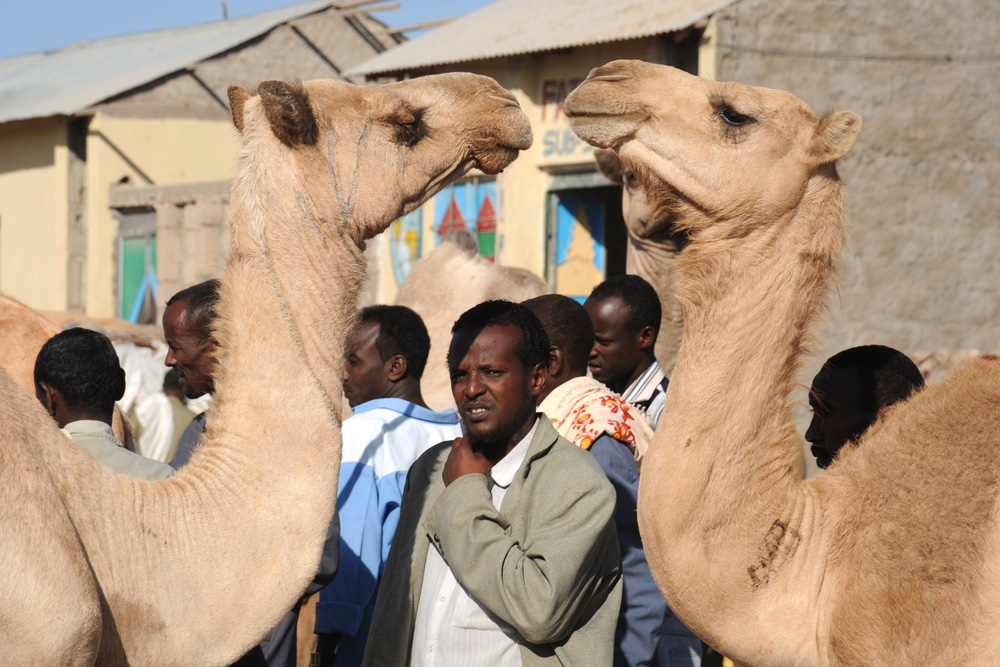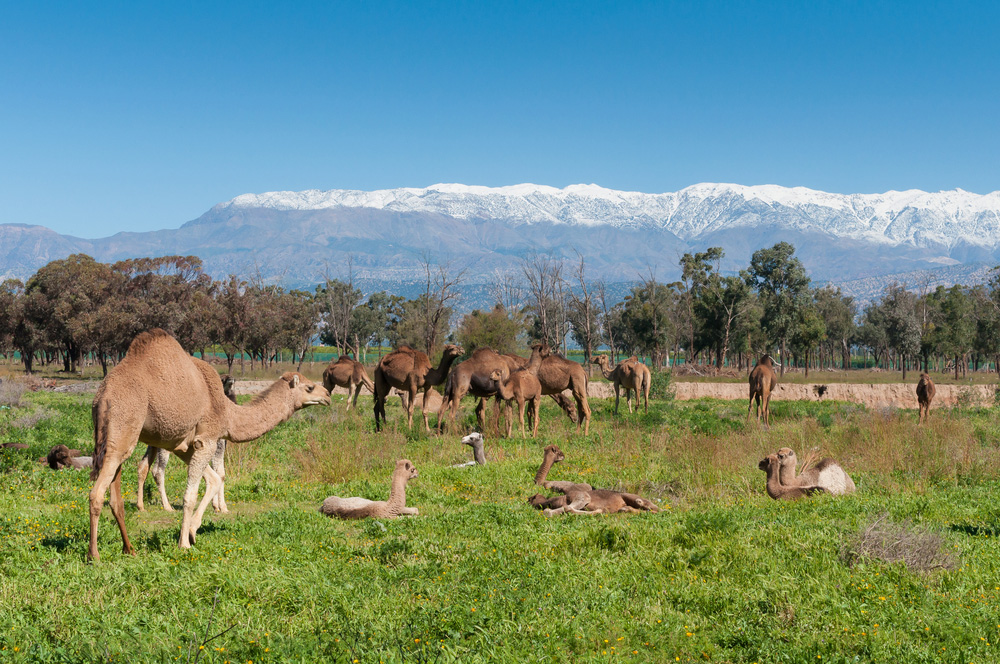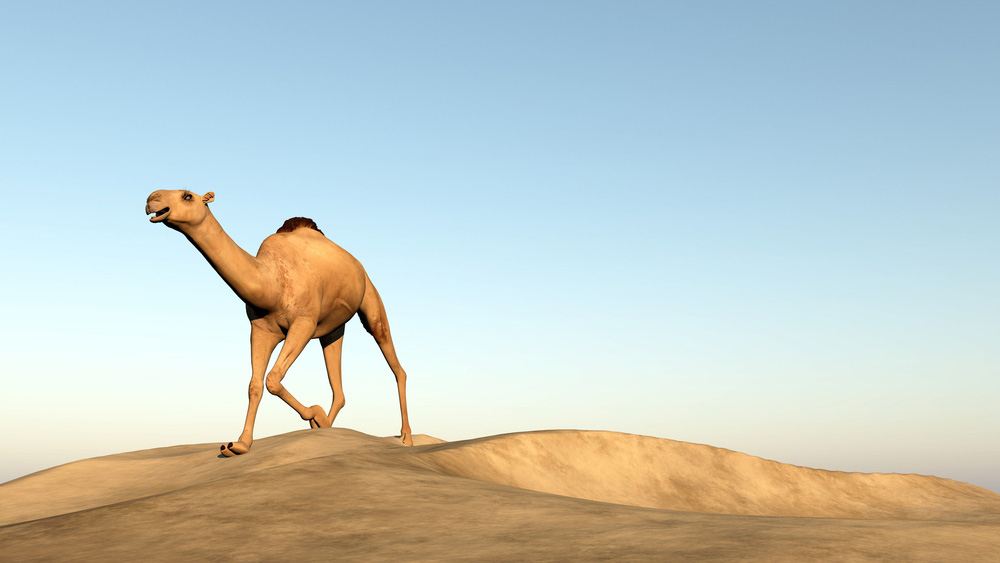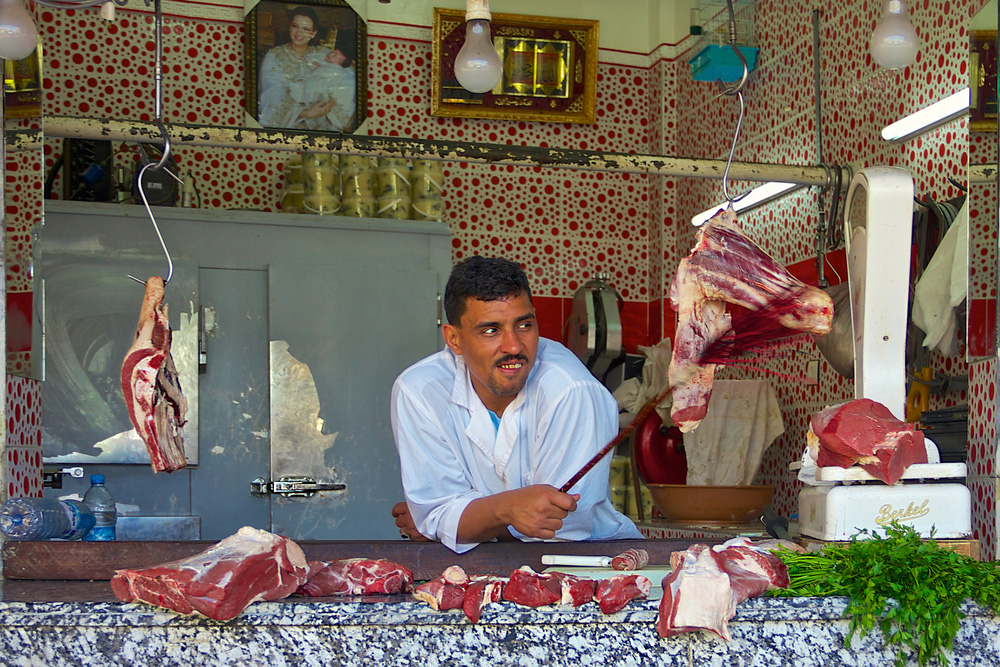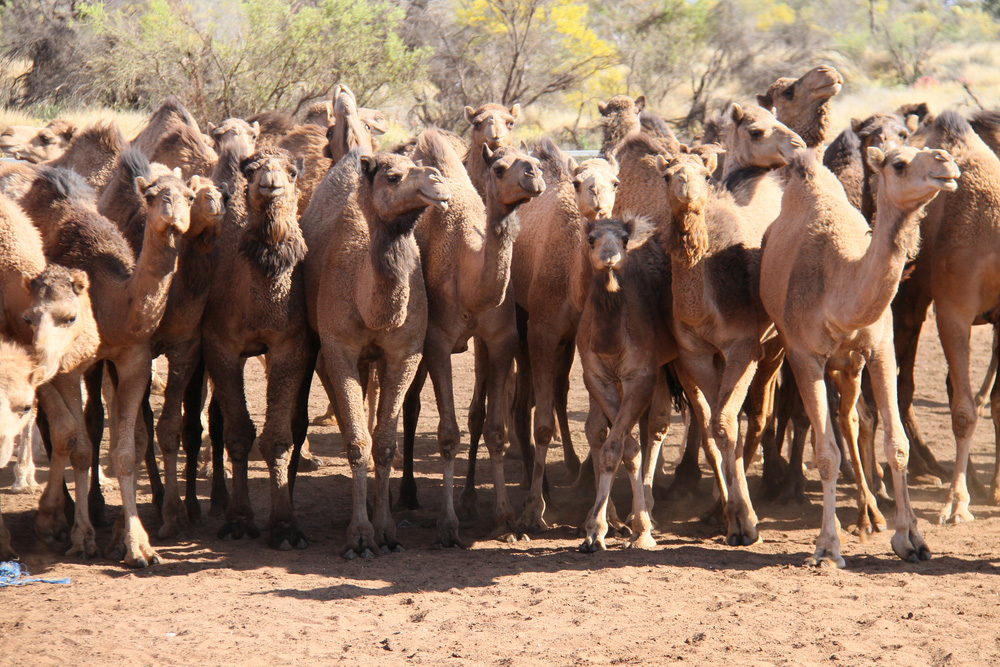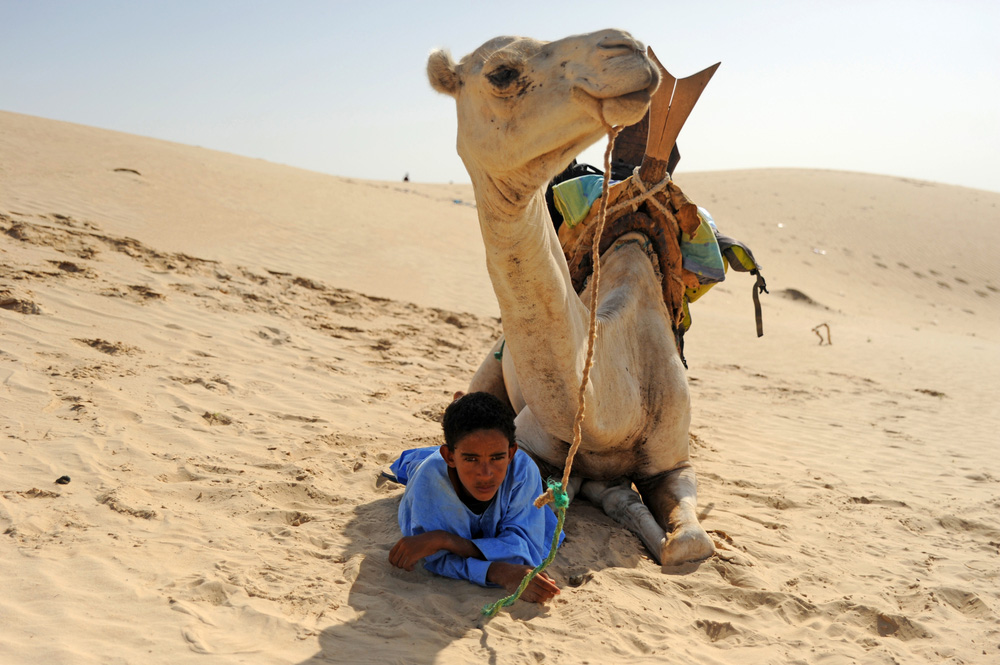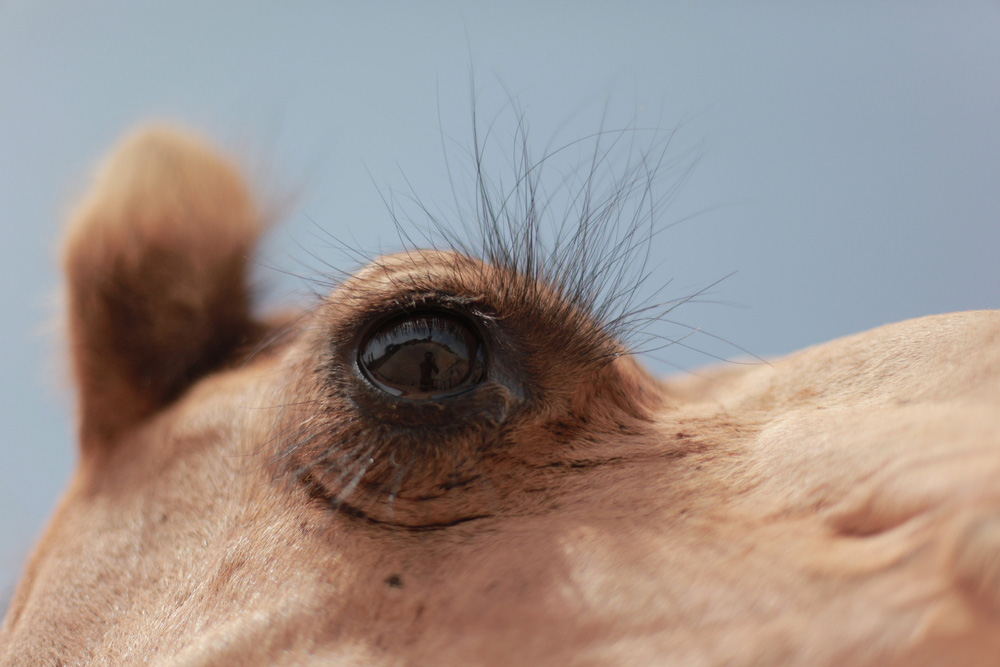Camels are found all over Africa, from Kenya to Timbuktu. Sure, they don’t get the same acclaim as lions, they aren’t as cute as penguins, and they aren’t as impressively huge as elephants. But despite their funny looks, they’re still pretty incredible creatures. Here are 10 things you didn’t know about African camels.
They are probably most valued in Somalia
Despite camels being primarily associated with treks through the Arabian desert, in Africa they are most commonly found in Somalia. The stats back this up as well: around one quarter of the entire world’s camel population lives in that country.
African camels are single-humped
Camels in Africa are of the dromedary variety and only have one hump. The origin of these camels is unclear but it’s thought that they were first domesticated in Somalia or the Arabian peninsula.
They don’t store water in their humps
Many people see the camel’s hump and assume it’s where the animal stores water. False. The hump is actually just full of fat and is used for food reserves just like any other animal. While camels don’t store water in their humps, they do have an outstanding ability to avoid dehydration because their urine is super-concentrated, and they don’t cool themselves by sweating. They can go months without needing to drink any water, but can also drink 40 gallons at a time.
They can outrun you
While you might think of camels as slow, plodding animals that creep through the desert at a snail’s pace, they are actually pretty swift. Even the fastest human in the world would be no match for a camel, as the animals can run at speeds up to 40mph (65km/h). Camel racing is extremely popular across North Africa.
Camel milk is very important
Camel milk is extremely important in many African diets. It is a staple in Ethiopia and Somalia, where drinking it is very common. The milk from the camel is the closest you can get to human breast milk, and has 10 times more iron and three times more vitamin C than cow’s milk.
People also eat camel meat
It may seem strange to us, but camel meat is quite popular across North Africa. It’s considered a delicacy in countries like Tunisia and Egypt, where basturma (a salted camel meat) or grilled camel is sold frequently. However, Christians in Ethiopia and Egypt won’t eat it, nor will the Jewish population.
The original wild African camels are extinct
Unfortunately, the wild version of African camels are long extinct — they died out due to domestication. There is only one type of camel that’s thought to still be wild: Bactrian camels that live in the Gobi desert between China and Mongolia. Even these camels are endangered, with under 1,000 of them remaining.
People have used them for millenia
Camels in Africa have been domesticated for around 4,000 years and have served many uses by the cultures there, from food, to transport, to wedding gifts. Today, there are around 13 million domesticated dromedary camels with a large portion of them on the African continent.
They can withstand extreme temperatures
It doesn’t matter if they are baking in 120F sun or sleeping in the cool night of the desert, camels can withstand some seriously extreme temperatures. This is why they were first used to transport massive blocks of salt when humans could barely keep up.
They have two rows of eyelashes
If African camels ever became fashion models, they would surely need a lot of mascara. The animals have not one, but two rows of eyelashes to protect their eyes from the desert dust. And it’s not only their eyelashes that have evolved as a dust barrier — they can also close their nostrils to keep out all that sand.
Want to discover the finer side of Africa? Sign up for our weekly newsletter.
